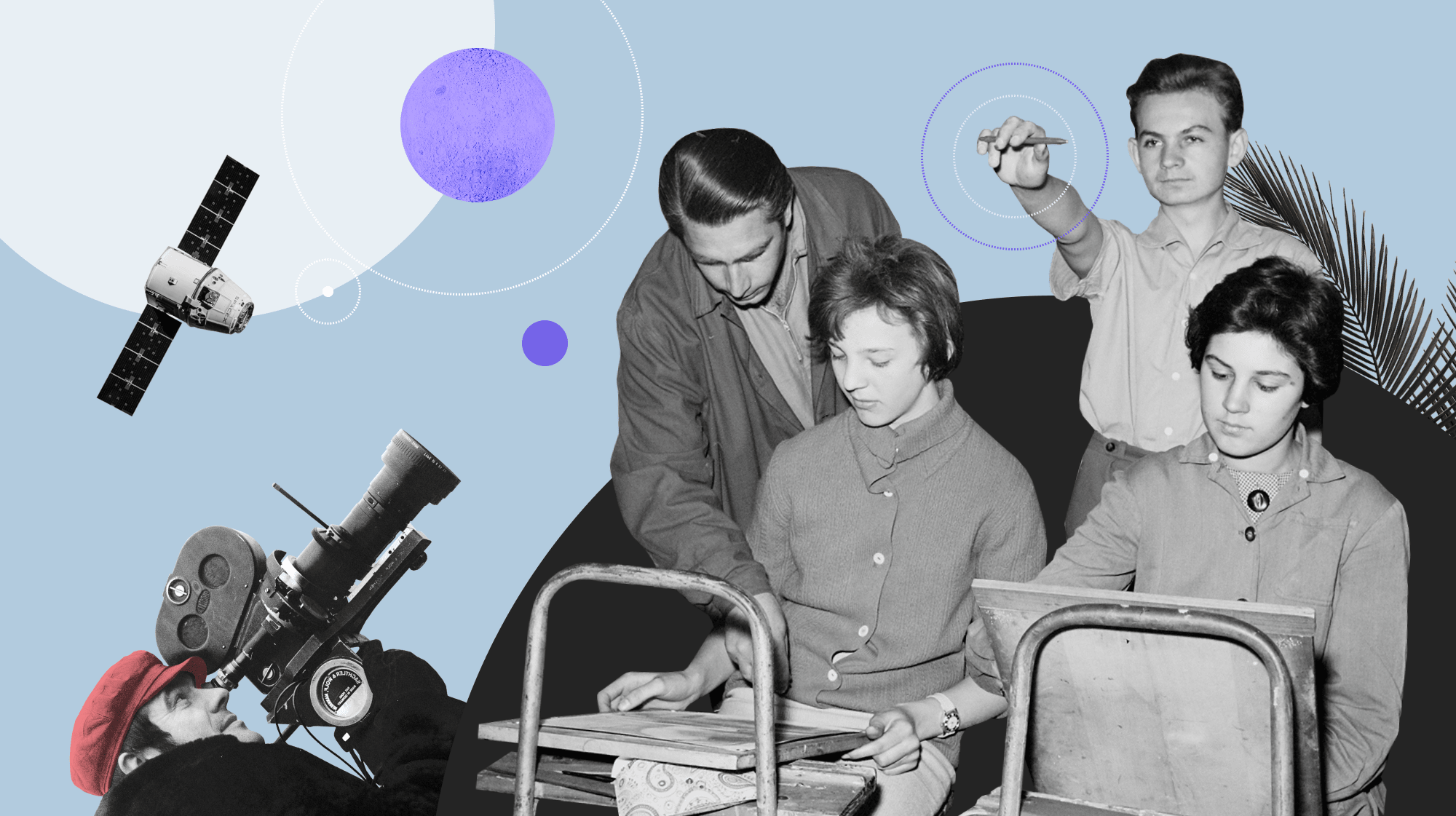July ‘23 Designers’ Digest
Each area of work within the tech space requires a deep focus on utilizing cutting-edge technologies and learning about new solutions and trends. In the product design field, there have been many changes introduced within July 2023, from new features added to the most commonly used product design tool Figma, to changes in Gen Z consumption and new AI tools. Find out how to make the most of these innovations below and prepare yourself for an increasingly automated work environment.

Table of contents
Figma Config 2023 changes
Within the last weeks, Figma announced and released the latest set of features within Figma after their annual Config design conference. One of these changes includes Dev mode, a new way for developers to interact and more easily understand designs, enhancing designer and developer collaboration. Another is variables, a first step towards incorporating design tokens by introducing a more automated way of defining colorways and values, making prototyping and incorporating global changes a breeze. These, and all other changes, are described in the article below.
Read more about Config 2023: 15 Figma Updates from Config 2023 in A Nutshell
Predicting trends in design
Is design currently shifting back towards a humanistic approach? How has this changed over the years, and how can we predict what trends are to come next? We can define a so-called design pendulum, which lays out the design trends of the last several years on a graph, oscillating from right to left. This can help us map out how the previous deviations in trends have and will continue influencing the design world and how society will shape the way we build digital products.
Read more about what we can expect in product design: The pendulum swings: predicting design’s next move
Google’s StyleDrop AI
One of the many restrictions of most AI image generation tools is the inability or difficulty in creating uniform sets of illustrations, such as typography or icons in the exact same style, or a unique set or collection of images specific to the designer’s personal style. Here comes StyleDrop from Google, a new upcoming tool, which will allow designers to specify a single point of reference and composition for all generated results. With this, we will be able to create harmonious sets of graphics in one consistent style, eliminating further post-production work.
Read more about Google’s upcoming AI tool: Google’s New StyleDrop AI Image Generator Is Mind-Blowing
Vectorizing AI images
After creating images using AI, designers and non-designers alike are faced with the challenge of post-production alterations, which is usually restricted to Photoshop due to the image’s raster form. A more challenging, yet often necessary step is the vectorization of the result. Now, we are no longer restricted to completing this task manually. With TraceJourney, you can vectorize a raster image within seconds. Learn more about this tool and give it a try, saving you both time and effort!
Read more about the tool for vectorizing images made by AI: How To Easily Vectorize Your AI Images Using TraceJourney
Changing Gen Z’s approach
Generation Z is very diverse, and their broad attitudes are constantly changing with time. An observation has been made that young social media users are becoming increasingly distrusting of influencers, while becoming more aware of the impacts of dopamine stimulation on their mental health. How are their preferences and changing approach to technology affecting their use of devices and the applications we are creating? Find out and adjust your understanding of this specific user persona.
Read more about how our younger users are changing their attitudes towards content consumption: What’s Behind Gen Z’s Slow Consumption Movement?
Share this article:








